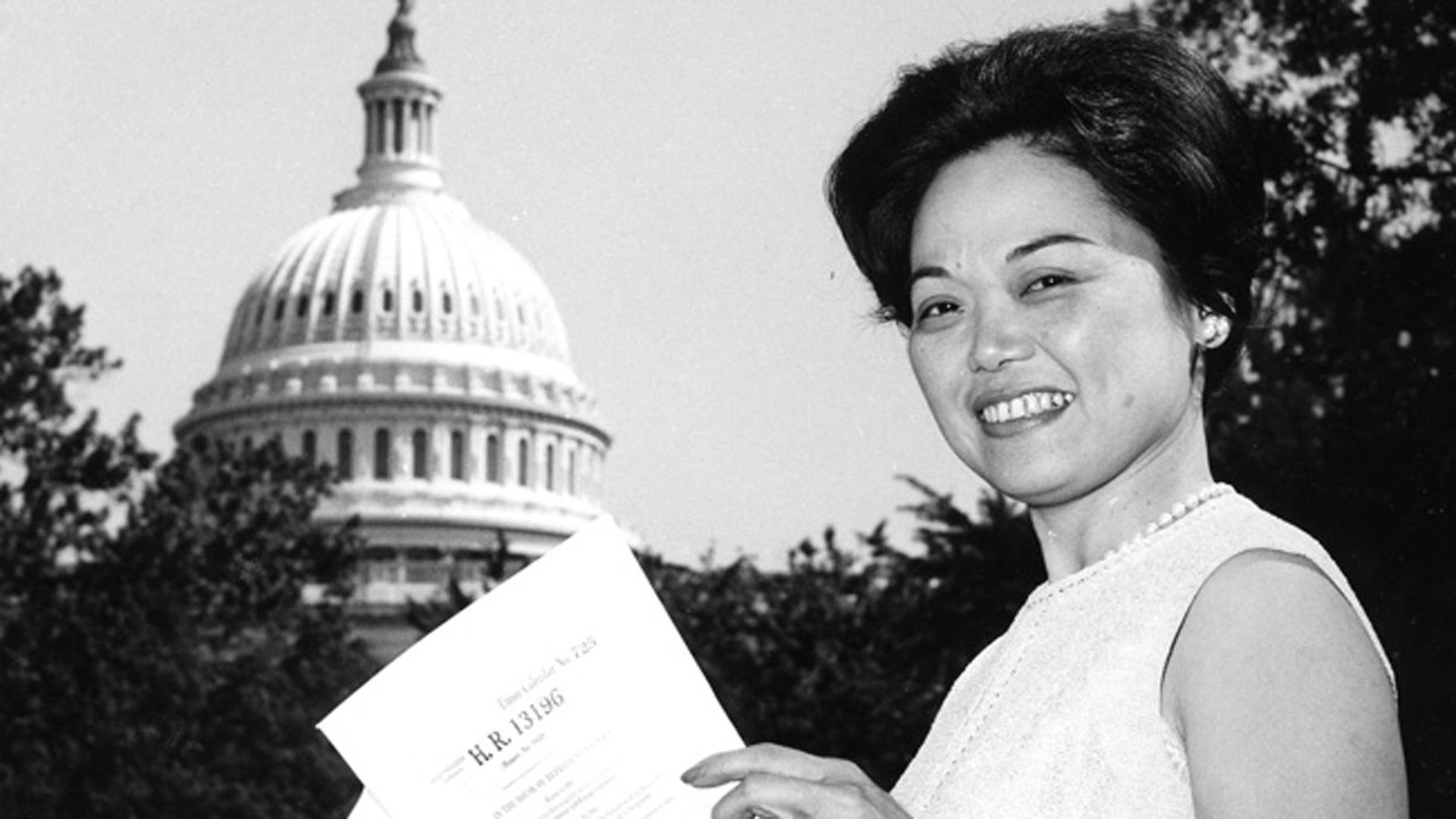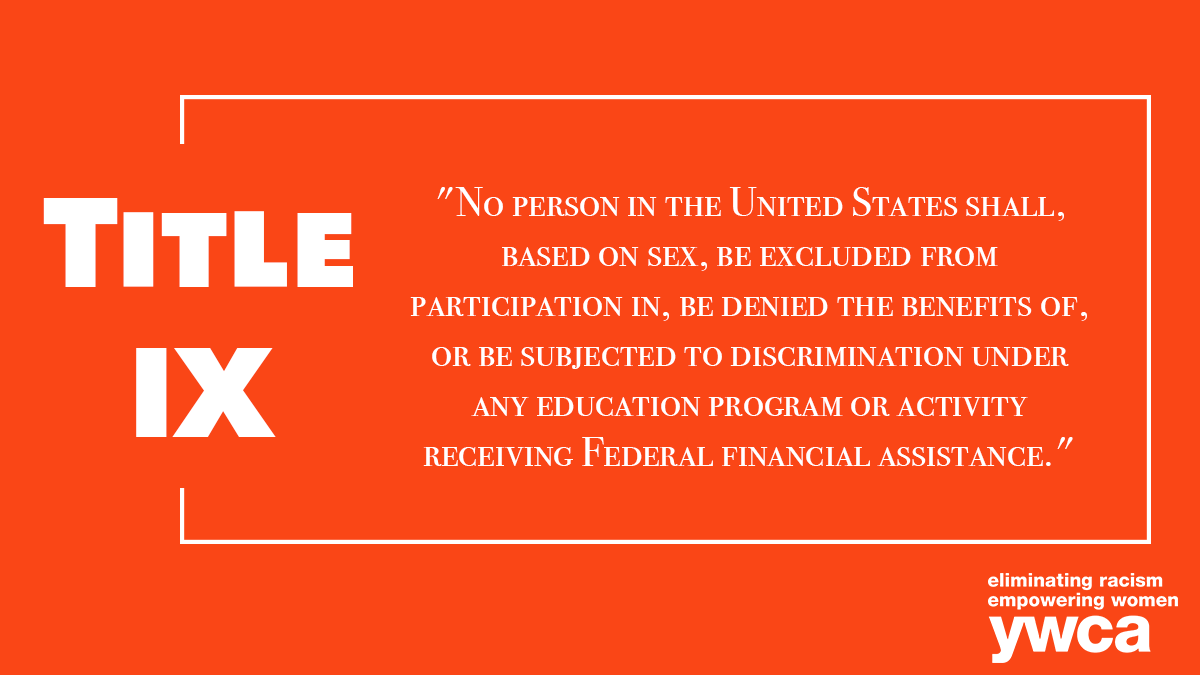TITLE IX TURNS 50
History
Title IX of the Education Amendments of 1972 prohibits sex (including pregnancy, sexual orientation, and gender identity) discrimination in any education program or activity receiving federal financial assistance. This legislation aimed to broaden protections from discrimination that were missing in the Civil Rights Act of 1964 so that they apply to educational settings. Over the course of its history, Title IX has become critical in ensuring gender equity in sports and preventing sexual harassment on campuses.
In 2002, Title IX was renamed the Patsy T. Mink Equal Opportunity in Education Act following Congresswoman Mink’s passing. Mink’s co-authoring of Title IX draws upon her own experiences of discrimination in education and as the first women of color elected to Congress. Alongside Senator Birch Bayh and Representative Edith Green, Mink champed the legislation when faced with opposition from other lawmakers.
Scope of Title IX
Under Title IX, in providing any aid, benefit, or service to a student, a recipient shall not, on the basis of sex:
Treat one person differently from another in determining whether such person satisfies any requirement or condition for the provision of such aid, benefit, or service
Provide different aid, benefits, or services or provide aid, benefits, or services in a different manner
Deny any person any such aid, benefit, or service
Subject any person to separate or different rules of behavior, sanctions, or other treatment
Discriminate against any person in the application of any rules of appearance
Apply any rule concerning the domicile or residence of a student or applicant, including eligibility for in-state fees and tuition
Aid or perpetuate discrimination against any person by providing significant assistance to any agency, organization, or person which discriminates on the basis of sex in providing any aid, benefit or service to students or employees
Otherwise limit any person in the enjoyment of any right, privilege, advantage, or opportunity 45 C.F.R. § 86.31
Examples of sex discrimination:
Denying admission of a person into an educational or training program on the basis of sex
Disqualifying a person for a research position on the basis of sex when it is irrelevant to ability to perform the job
Providing unequal educational resources to students of one sex compared to another
Engaging in gender –based or sexual harassment such as making unwelcome sexual comments, advances, and/or name-calling on the basis of sex.
Resources
LGBTQ+
Title IX is about more than sports, it prohibits discrimination on the basis of gender and gender identity. Title IX protects LGBTQ+ students from bullying and harassment. Learn more about protections for LGBTQ+ students by clicking the button below.
Title IX protects transgender and gender nonconforming students from gender-based harassment and bullying. Read the National Women’s Law Center’s "Fact Sheet on anti-LGBT bullying and Title IX" to learn more about the protections it provides by clicking the button below.
Education
Title IX prohibits sex discrimination in K-12 and higher education and has opened doors of opportunity for girls and women in sports, STEM, and more. It also enables pregnant and parenting students to stay in school. In addition, Title IX requires schools receiving federal funding to combat gender based violence & harassment, making it a powerful tool for stopping violence on campuses. Learn more about this landmark federal civil right & the protections it provides all students by clicking the button below.
“We're seeing athleticism like we've never seen before.” #TitleIX is best known for its impact on sports participation for women and girls. As we celebrate the 50th anniversary of this monumental Gender Equity law, read how it transformed women’s sports by clicking the button below.
Title IX requires all schools that receive federal funding to combat campus violence and respond to survivors’ needs, and the more you know about how your school responds to it, the better. If you’re one of the thousands of students preparing to visit college campuses this summer, click the button below to view a list of the top 10 questions to ask about your Title IX rights.
Looking Forward
Thanks to #TitleIX, women and girls have made significant strides in education, yet additional action must be taken to achieve Gender Equity. That's why we're calling for the passage of the Gender Equity in Education Act (GEEA), critical to realizing this goal. Read our joint letter to Congress by clicking the button below.


